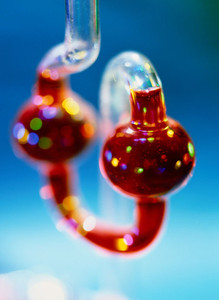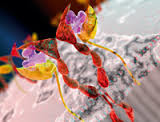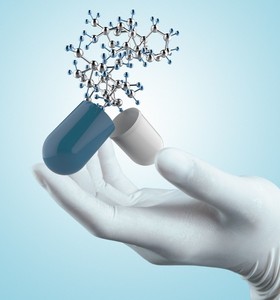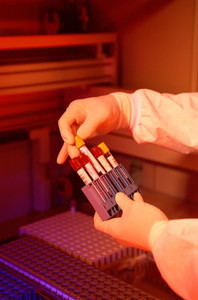According to an analysis by Robert Kennedy, Manager of Industry Research for Thomson Reuters API Intelligence, as published in Scrip News of 9 December 2009, a striking number of Chinese companies are gearing up to supply pharmaceutical ingredients to the regulated markets of the west.
China's appeal of the Chinese API sourcing market
Home/Pharma News
|
Posted 21/01/2010
 0
Post your comment
0
Post your comment

When evaluating the appeal of the Chinese active pharmaceutical ingredient (API) sourcing market, the author's team at Thomson Reuters API Intelligence considers four options:
-build or buy an API manufacturing base in China;
-build or buy an API manufacturing base in another market;
-source the API from China; or
-source the API from an alternative market.
In this context, ‘build or buy’ is defined as building an API facility from the ground up, purchasing an existing API plant or becoming involved in local manufacturing via a joint venture. ‘Source’ is defined as buying an API from a third-party manufacturer in China or entering a contract manufacturing and/or technology transfer arrangement with a Chinese facility.
At present there are 50 foreign corporate groups with API manufacturing sites in China, established using both build and buy strategies. Since February 2008, Portugal's Hovione has had a joint venture with Zhejiang Hisyn for the production of iohexol, a contrast agent. Hisyn built a new plant in 2005 and is considered to be one of China's largest iohexol manufacturers.
In 1995, Switzerland's Lonza built a facility in Guangzhou city to supply niacinamide to the Chinese and global markets. Israel's Teva acquired Zhejiang Wanma in 2006. Robert Kennedy understands that Teva is rebuilding this facility and will produce APIs for less regulated markets and advanced intermediates for its own consumption.
Companies in regulated markets have been sourcing older, off-patent active ingredients, especially fermentation products such as lovastatin, vancomycin and vitamin C, from China for many years. For example, Zhejiang Hisun is supplying vancomycin to Alpharma (King Pharmaceuticals) and Zhejiang Medicine Company has entered into a long-term supply agreement for vancomycin with Hospira, a US company, through to 2017.
Other off-patent molecules historically sourced from China include benzene-containing products like acetaminophen and ibuprofen, steroids and heparin. For instance, Perrigo of the US has an agreement with Shandong Xinhua for the supply of ibuprofen. Despite recent negative press concerning heparin, companies in regulated markets are still sourcing it from China. For example, Robert Kennedy understands that Shenzhen Hepalink supplies heparin to APP (Fresenius AG). (see also China API sourcing: the way forward, China is not the low-cost option in every category, Sourcing APIs from China, Establishing an API manufacturing base in China and Can China retain its API sourcing appeal?)
Reference:
Robert Kennedy. Can China retain its API sourcing appeal? Scrip News. 2009 December 9/ 2010 Scrip 100.
Source: Scrip News
Guidelines
New guidance for biologicals in Pakistan and Hong Kong’s independent drug regulatory authority
Canada poised to remove requirement for Phase III trials for biosimilars
Policies & Legislation
Argentina streamlines drug approval process
ANVISA tackles 24-month backlog in biologicals post-registration petitions
Most viewed articles
The best selling biotechnology drugs of 2008: the next biosimilars targets
Global biosimilars guideline development – EGA’s perspective
Related content
Formycon signs new aflibercept biosimilar pacts and launches ranivisio in Europe
Bio-Thera and Stada expand biosimilars alliance to include tocilizumab
Global partnerships for biosimilar commercialization announced
New denosumab and ustekinumab biosimilar launches in US, Canada and Japan
Formycon signs new aflibercept biosimilar pacts and launches ranivisio in Europe

Home/Pharma News Posted 13/11/2025
Bio-Thera and Stada expand biosimilars alliance to include tocilizumab

Home/Pharma News Posted 20/10/2025
New denosumab and ustekinumab biosimilar launches in US, Canada and Japan

Home/Pharma News Posted 10/07/2025
The best selling biotechnology drugs of 2008: the next biosimilars targets







Post your comment